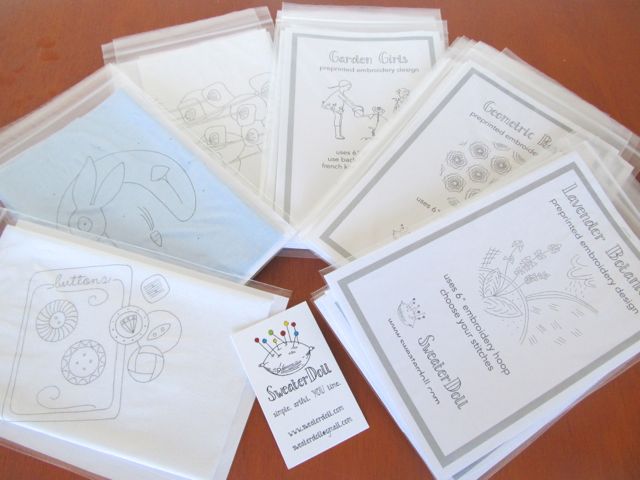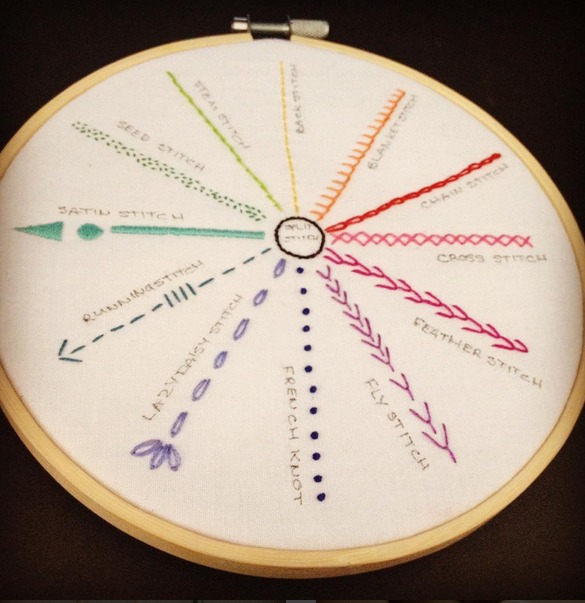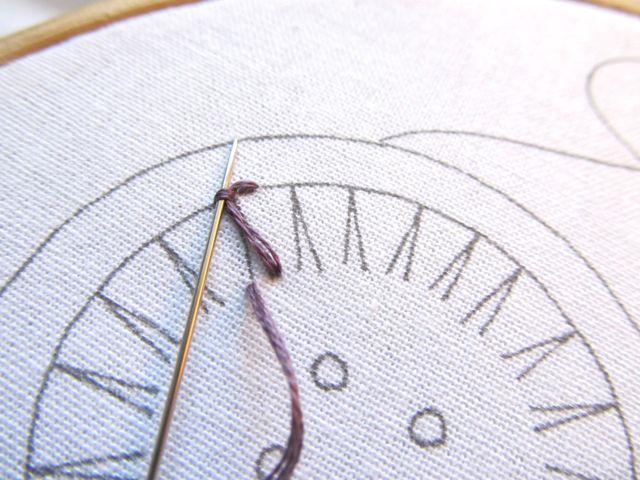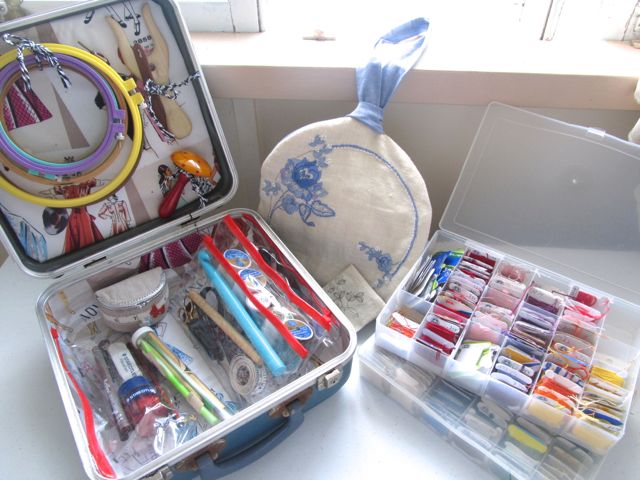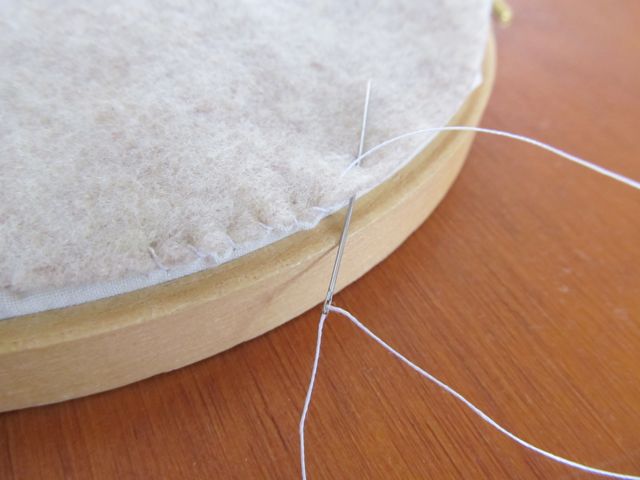UPDATE: No new website due to problems with the designer.
Let's continue our foray into the land of "put-that-nonsense-down-and-do-some-stitchery" which is a happy place I love to share.
The blog has been cleaned up and many old posts with invalid links removed, but the best is still here: quaint textile history, the origins of SweaterDoll, mending how-to, natural craft and toy stuffing reviews, and the shiny new Embroidery School.
You know, it all started when I was given a stamped cross stitch potholder by my grandmother when I was seven, and from then on I was never far from
needle and thread. Recently, this memory inspired the Embroidery School series so I could gift this quiet joy of stitching to
other busy folks. Its sudden popularity inspired a growing range of
simple, artful embroidery patterns, many of which can be worked up in an
evening or two.
The SweaterDoll message is this: It may look like embroidery, but it's
really time for YOU.
Want something more? I have lots of patterns and pre-printed embroidery designs in my shop.
In the meantime, click on everything! Check out Embroidery School. And my tutorials. Or you can mess around over to the right in the blog archives.
I'm so glad you've arrived. Put your feet up. I'll make the tea.





